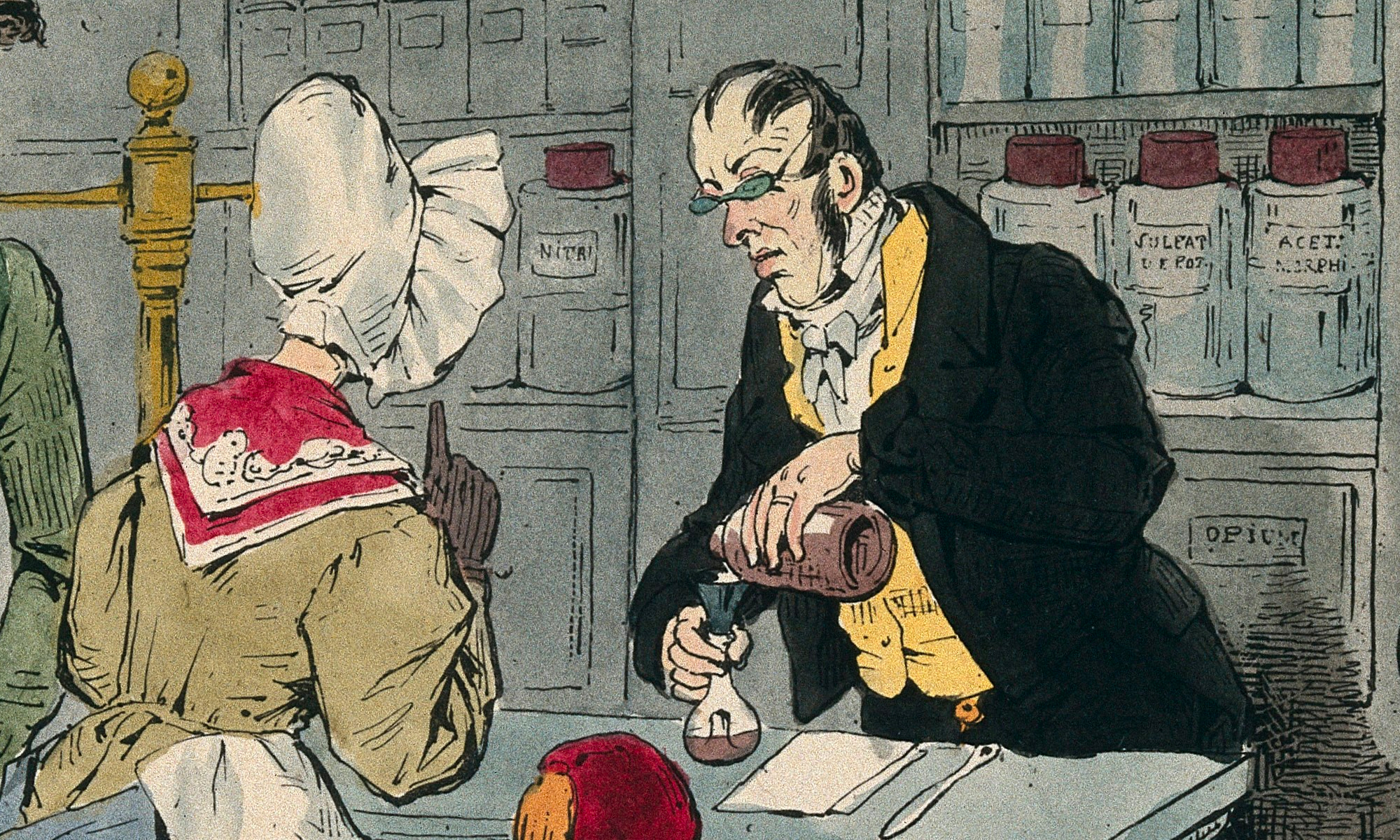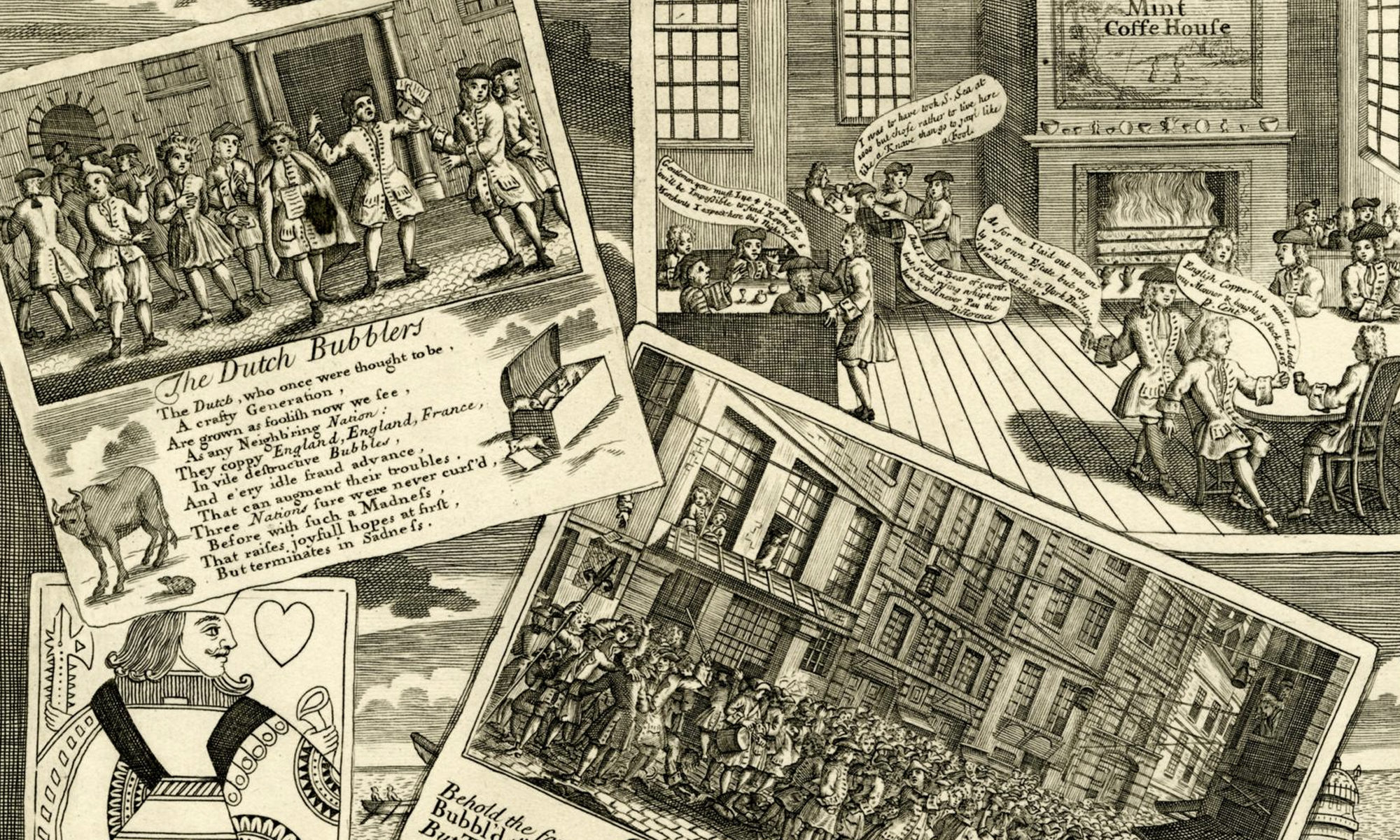A central output of Intoxicating Spaces will be an online exhibition, to be designed and built in collaboration with colleagues from Sheffield’s Digital Humanities Institute. This digital resource, conceived as a virtual scrapbook, will feature examples of and evidence from the following types of sources, chosen from sample periods across our four case study cities (watch a brief video introduction):
Depositions
These witness statements provide unprecedented insight into the circulation and use of new intoxicants (both licit and illicit) within public settings, and have been recognised as the nearest historians can get to ethnographic records.
Probate Inventories
Lists of an individual’s possessions at the time of their death have been shown to be extraordinarily useful in reconstructing the take-up of new intoxicants and their accessories, as well as the material and spatial cultures of people’s homes and shops.
Governmental Records
Including customs documents, legislation, and petitions. While taxation records provide the best evidence of the flow of new intoxicants into and out of the ports, records of governance illuminate the regulatory and ideological contexts in which public spaces operated.
Literary & Visual Records
These are crucial to understanding the representation of new intoxicants and the discursive politics surrounding them.
Ego Documents
Used with care, letters, diaries, account books, memoirs, and commonplace books can be used to reconstruct perceptions of new intoxicants and the experience of consuming them in public spaces.
Museum Collections
These, together with associated archaeological records are crucial to establishing the material culture of public sociability and consumption and also for bringing historical practices and spaces ‘alive’ for modern audiences.

